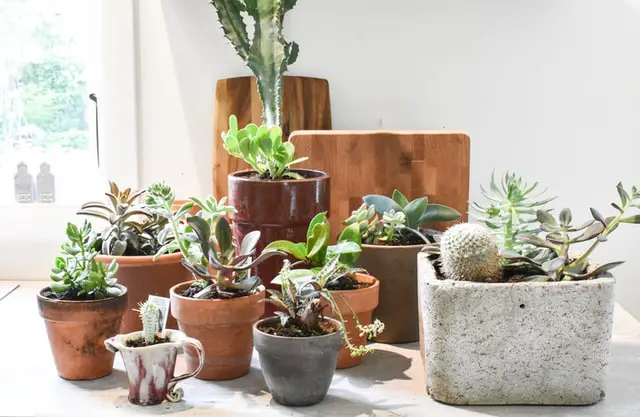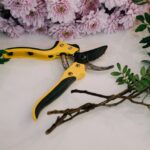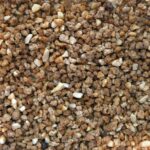Low-light plants are great because they don’t need as much sun as other plants but can still grow and do well. However, low-light plants are frequently disregarded despite the fact that they are low-light plants. Others will tell you, especially if you are a newbie, that plants require sunlight to flourish. True, all plants require light to thrive, but there are a handful that thrive in low-light environments.
The following are some low-light houseplants that we’ll look at in this post:
- Sansevieria Trifasciata (Snake plant)
- Zamioculcas Zamiifolia (ZZ Plant)
- The spathiphyllum plant (Peace Lily)
- Parlor Palm
- Sedum Morganianum (Donkey Tail)
There are several more plants that thrive in low-light conditions. But because i ‘ve personally cared for all of these houseplants in low-light circumstances, i can assist you in moving these plants to areas of your home where most other plants don’t get enough light.
Table of Contents
Sansevieria Trifasciata (Snake plant)
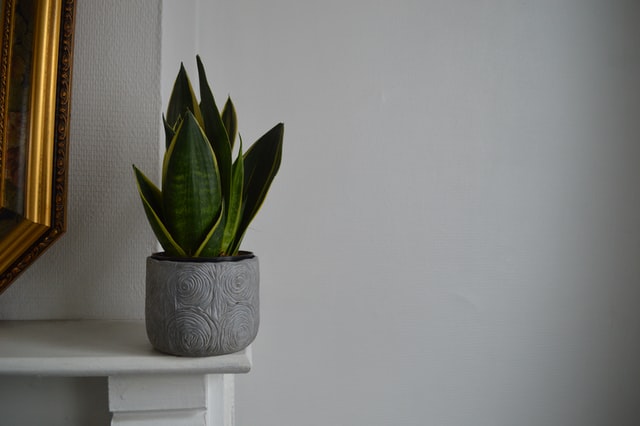
The snake plant, one of the best-known houseplants, is an excellent houseplant for low-light environments. Sansevieria may also be grown in full sunshine, which promotes considerably more rapid growth for the plant.
When you place a Sansevieria in a low-light environment, it will appear to be stuck in time. The rate of its expansion will come to a halt. However, it will still thrive, and the plant will not suffer any negative effects from this. If you don’t mind maintaining your snake plant at the same size, you can relocate it from a well-lit to a low-lit location.
Zamioculcas Zamiifolia (ZZ Plant)
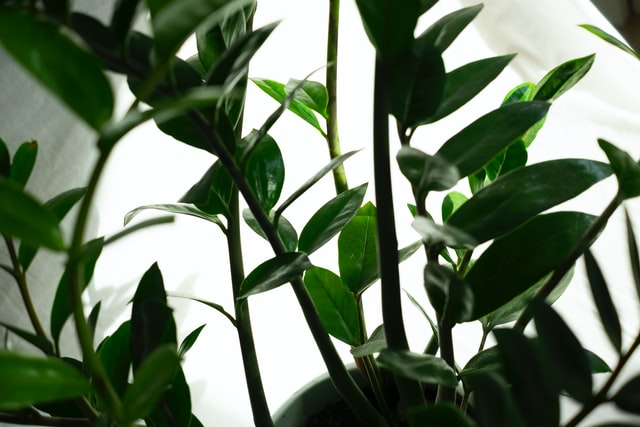
Elegant, but simple. As viewed from a distance, the Zamioculcas Zamiifolia appears to be an uninteresting plant; but, when you approach this houseplant, you will notice how stunning it truly is. The ZZ plant prefers low-light conditions. Actually, it’s one of the few places where it can thrive. When a ZZ plant is subjected to an excessive amount of sunlight, the plant develops sunburns all over its stems. This plant is designed to thrive in low-light conditions.
The ZZ plant is not only able to flourish in conditions with a limited amount of light, but it also requires very little care and attention. A ZZ plant may go without being watered for several weeks at a time if necessary. Because the plant’s stems and roots can retain a significant amount of moisture, it does not require as frequent watering as other plants.
It is the ideal plant for a shady location that receives little direct sunlight and is frequently overlooked. Without much assistance from either you or the sun, the ZZ plant will transform this area into a green space that also cleans the air.
The spathiphyllum plant (Peace Lily)
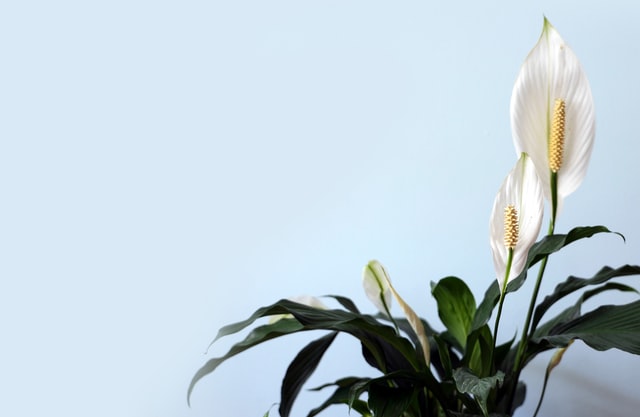
The Peace Lily is probably one of the most well-known low-light houseplants there is. It is a houseplant that does well in dimly lit areas and is hardy enough to withstand practically any circumstance. A Peace Lily will also show you when it is unhappy, making it an excellent beginner-friendly houseplant.
A ZZ plant, sometimes known as a Peace Lily, is a kind of houseplant that can flourish in conditions with a low amount of light. When exposed to too much sunlight, the leaves of a Peace Lily become light green and/or yellow. In its natural state, the Peace Lily has leaves that are a dark green color.
Because they don’t need to absorb as much sunlight, their leaves are dark green. After a period of keeping your Peace Lily in a dark spot, all new leaves will be this dark green hue.
The Peace Lily differs from the ZZ plant, snake plant, and other plants in that it requires more care. It prefers wet soil at all times, so water it once a week or twice a month. It is possible for the soil to get dry, although this should only take a few days.
Make it a habit to check the moisture content of the soil once every few days to ensure that it has not dropped below an acceptable level. This may be accomplished by placing a finger on the soil and feeling it. It’s wonderful if there’s still some moisture left in it.
Parlor Palm

The Parlor Palm is another plant that can survive in environments with a limited amount of light. The Parlor palm, in contrast to many other types of palms, prefers to avoid being in light environments. Along the same lines as the Peace Lily, the sunny locations will cause the green leaves on your Parlor palm to turn a lighter green and occasionally even yellow.
In addition to this, the Parlor Palm is extremely delicate when exposed to intense sunlight. If it is placed in an area where it is subjected to strong sunlight, your Parlor palm is likely to suffer from sunburn.
Because your Parlor palm needs some degree of sunshine exposure, you shouldn’t put it in a location where it will never be exposed to the sun.
Sedum Morganianum (Donkey Tail)
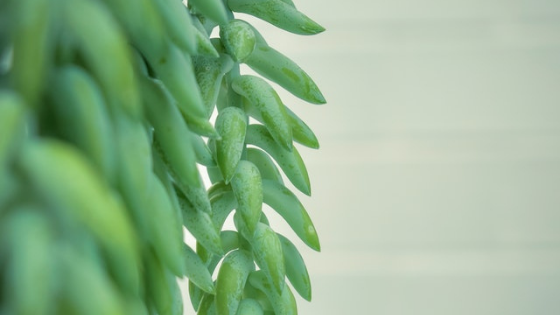
In comparison to many other types of succulents, the Sedum Morganianum stands out as a peculiar specimen. The majority of succulents can only thrive in permanently exposed positions to the sun. Nevertheless, this particular sedum is unique. It is also capable of growing in shadier environments.
It is quite similar to Sansevieria in that a bright area encourages considerably faster growth. Their growth will come to a halt in areas with less light, but this will not cause the plants any harm in any way.
Sedum Morganianum is a type of hanging plant that requires almost no attention and may be neglected for up to two months at a time. This will not have any effect on the plant’s ability to survive. It is quite sensitive to overwatering, just like the majority of other succulents.
If you prefer a plant that can be watered more frequently and thrives in low-light conditions, a Peace Lily may be a better option.
Conclusion
There are a wide variety of houseplants that are capable of at least surviving in dimly lit areas of your home. The fact that these incredible plants are not typically the most exotic types of houseplants causes many people to miss them. They are, nevertheless, incredible plants that can lighten even the darkest corners of your home.
If you have a shadier area in your home that you want to brighten up with a plant, perhaps one of the five plants described in this article is the ideal plant for you to grow there.
I appreciate you taking the time to read my article. I really hope that this information is of use to you in maintaining the health and beauty of your plants.
Frequently asked questions
Can houseplants grow in darker places indoors?
There are, in fact, quite a few houseplants that do better when placed in darker areas of your home. Because of their susceptibility to sunburn, these plants prefer to avoid prolonged periods of direct sunlight wherever possible.
Can you grow a Sansevieria in a dark place?
You certainly can! Sansevierias develop faster in brighter environments and much slower in gloomy settings. Keeping your plant in a darker spot will not kill it, but it will significantly limit its growth.
Can you grow a ZZ plant in a dark place?
Yes, you certainly can! A ZZ plant will grow considerably more swiftly in sunny locations and will slow down its growth to a stop in darker regions if it is allowed to continue growing there. Keeping your plant at a location with less light won’t cause any harm to it, but it will significantly stunt its growth.
Photo by Bobbi Gaukel on Unsplash
Photo by Noyo creatif on Unsplash
Photo by Nicolas Solerieu on Unsplash
Photo by Natalia Goryaeva: https://www.pexels.com/photo/a-lush-green-leaves-of-the-parlor-palm-plant-9897409/
Photo by Chris F: https://www.pexels.com/photo/green-bunches-of-sedum-morganianum-on-white-background-6664371/
